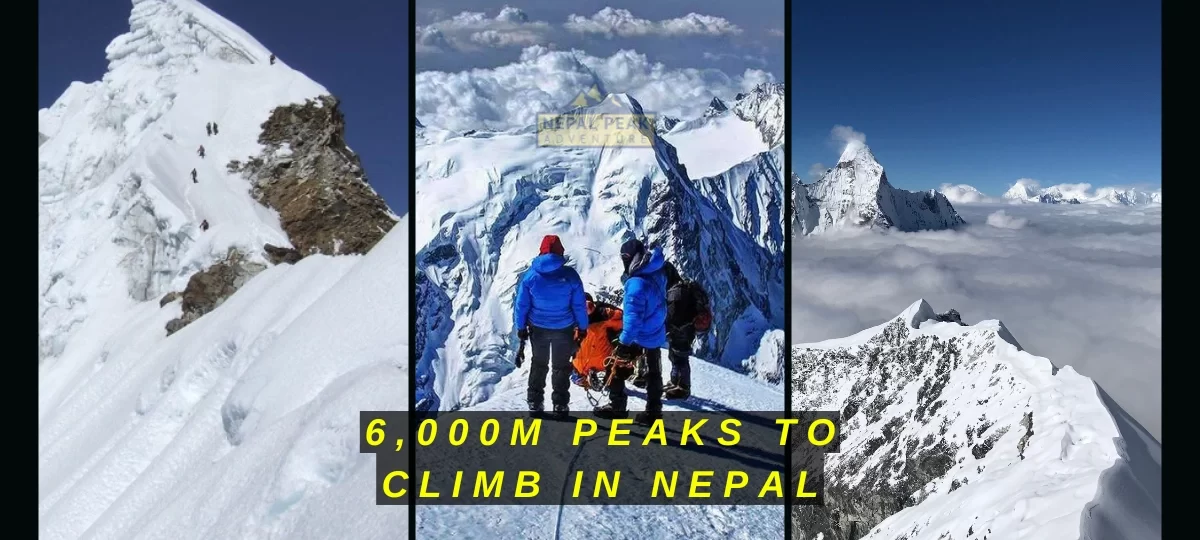Best 6000m Peaks to Climb in Nepal
If you’re reading this, there’s a good chance you’ve already been bitten by the mountaineering bug—or at least you’re curious about it. And why not? Nepal is the ultimate playground for mountain lovers, home to not just the world’s tallest peaks but also some incredible 6000-meter summits that are perfect for those who want to push beyond trekking into real climbing.
So, what are the best 6000m peaks to climb in Nepal? Whether you’re a beginner looking to experience your first Himalayan summit or an experienced climber searching for a new challenge, this blog is for you. I’ll walk you through some of my personal favorites, what makes them unique, and what you can expect.
Best Time to Climb 6000m Peaks in Nepal
Before we dive into individual peaks, let’s talk about timing. Trust me, it makes a big difference.
Spring (March to May)
- Stable weather conditions
- Warmer temperatures
- Blossoming rhododendron forests on lower trails
Autumn (September to November)
- Clear skies and excellent visibility
- Cool and comfortable temperatures
- Peak climbing season in Nepal
Winter & Monsoon (Not Ideal)
- Winter (Dec–Feb): Cold, snowy, and risk of avalanches
- Monsoon (Jun–Aug): Wet, slippery trails and frequent landslides
Your best bet? Either spring or autumn for the safest and most scenic climbs.
Difficulty Levels of 6000m Peaks to Climb in Nepal
Not all 6000-meter peaks are created equal. Some are ideal for beginners, while others will push even seasoned climbers to their limits. Here’s a quick breakdown:
- 🟢 Beginner-Friendly: Yala Peak, Island Peak, Mera Peak
- 🟡 Intermediate: Pisang Peak, Chulu Far East
- 🔴 Advanced/Technical: Lobuche East
If you’re new to climbing, go for something less technical like Mera or Yala Peak. Want more of a challenge? Lobuche East will definitely get your adrenaline pumping.

1. Island Peak (Imja Tse) – 6,189m
Let’s start with the classic: Island Peak. If you ask anyone who’s ever dipped their toes into Himalayan climbing, this one will probably come up first. Why? Because it’s the perfect introduction to peak climbing in Nepal.
Island Peak looks intimidating (thanks to its icy summit ridge), but it’s actually considered a trekking peak. The trail leading up to base camp is breathtaking—you pass through the Khumbu Valley, with views of Lhotse, Ama Dablam, and Everest itself. Most climbers combine this with an Everest Base Camp trek.
Why climb it?
- Great for beginners with basic climbing skills
- Close-up views of massive 8000m peaks
- Relatively short expedition (about 17–20 days including EBC trek)
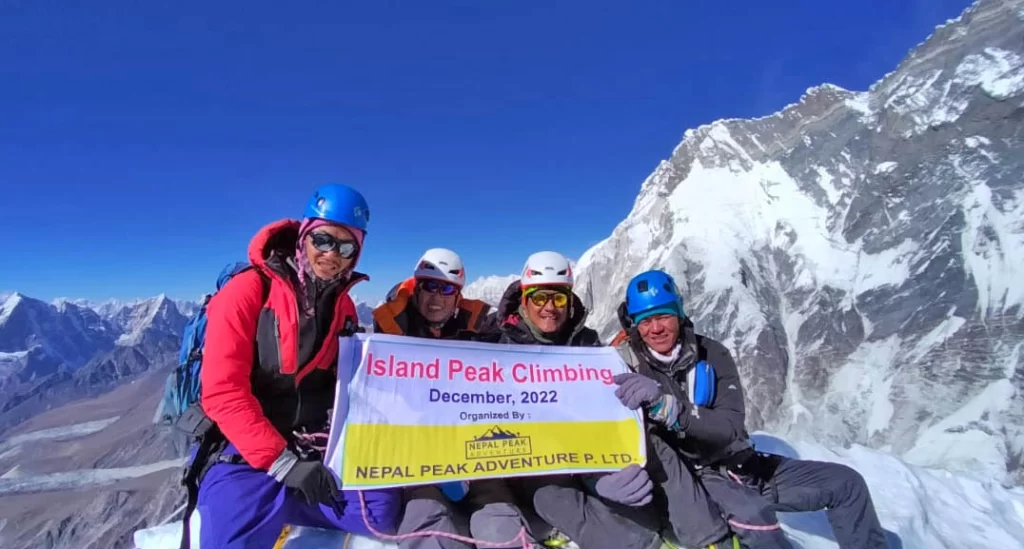
2. Mera Peak – 6,476m
If Island Peak is popular, Mera Peak is its wilder, more remote cousin. Located in the Hinku Valley, this is Nepal’s highest trekking peak. Don’t let the elevation scare you—Mera is non-technical if you take the standard route. But don’t expect it to be easy either. The altitude alone is a serious challenge.
One of the things I love about Mera is the solitude. You won’t find nearly as many climbers here as in the Khumbu. Plus, on summit day, you get one of the most epic panoramas in the world—views of five 8000m giants: Everest, Lhotse, Makalu, Cho Oyu, and Kangchenjunga.
Why climb it?
- Highest trekking peak in Nepal
- Less crowded route
- Stunning panoramic views from the summit

3. Lobuche East – 6,119m
Now this one’s a bit more technical. Lobuche East is often overshadowed by Island Peak, but it’s actually a fantastic alternative—or a next step up if you’ve already done Island.
The route involves steep snow and ice sections, fixed ropes, and a knife-edge summit ridge that’ll make your heart race. It’s best suited for climbers with some previous experience or those accompanied by experienced guides.
Bonus? You can combine it with an Everest Base Camp trek and get the full Himalayan package.
Why climb it?
- Technically more demanding than Island or Mera
- Ideal for building mountaineering experience
- Incredible views of the Everest range

4. Pisang Peak – 6,091m
Heading to the Annapurna region? Then consider Pisang Peak. It’s one of the most popular trekking peaks in the Annapurna region and offers a great mix of trekking and climbing.
The climb itself involves steep snow slopes and a narrow summit ridge. What I really appreciate about Pisang Peak is how it combines a classic Himalayan climbing experience with the rich cultural flavor of the Annapurna Circuit.
Why climb it?
- Located along the scenic Annapurna Circuit
- Suitable for climbers with moderate experience
- Amazing variety in landscape and culture
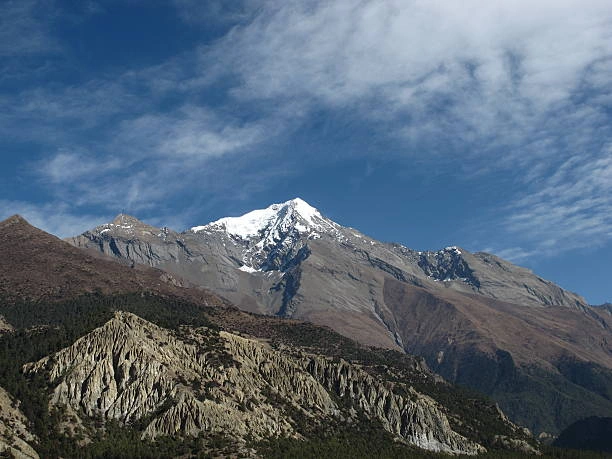
5. Chulu Far East – 6,059m
Another gem in the Annapurna region, Chulu Far East is less technical and more approachable than its neighbor Chulu West. It’s perfect for those who want to venture into real mountaineering but aren’t ready for anything too hardcore.
The summit gives you panoramic views of Annapurna II, III, IV, Gangapurna, and even Tilicho Peak. This climb is also a great option if you want to get off the beaten path a bit—fewer climbers venture here compared to the more popular peaks.
Why climb it?
- Ideal for intermediate climbers
- Less crowded
- Can be combined with Annapurna Circuit or Tilicho Lake trek
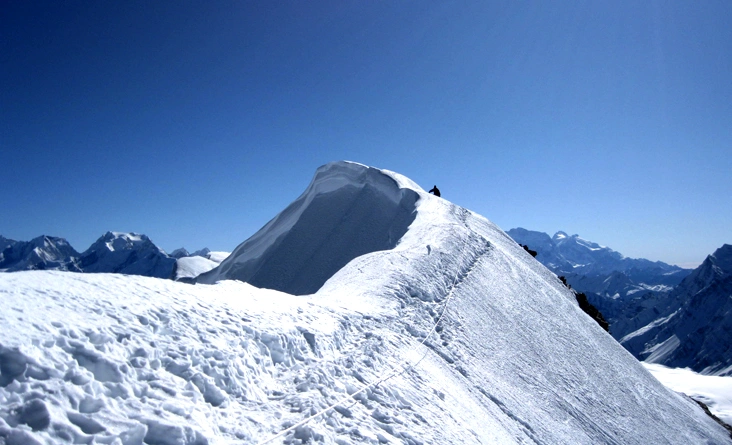
6. Yala Peak – 5,732m (Okay, not quite 6000m—but close enough!)
Alright, I know I said 6000-meter peaks, but Yala Peak deserves an honorary mention. It’s just a few hundred meters shy, but it’s one of the easiest and most accessible peaks for beginners.
Located in the Langtang Valley, Yala is non-technical and perfect for a first climb. It’s also ideal if you’re short on time or want to acclimatize for a higher peak later.
Why climb it?
- Beginner-friendly
- Short itinerary (around 10–12 days)
- Stunning Langtang region views
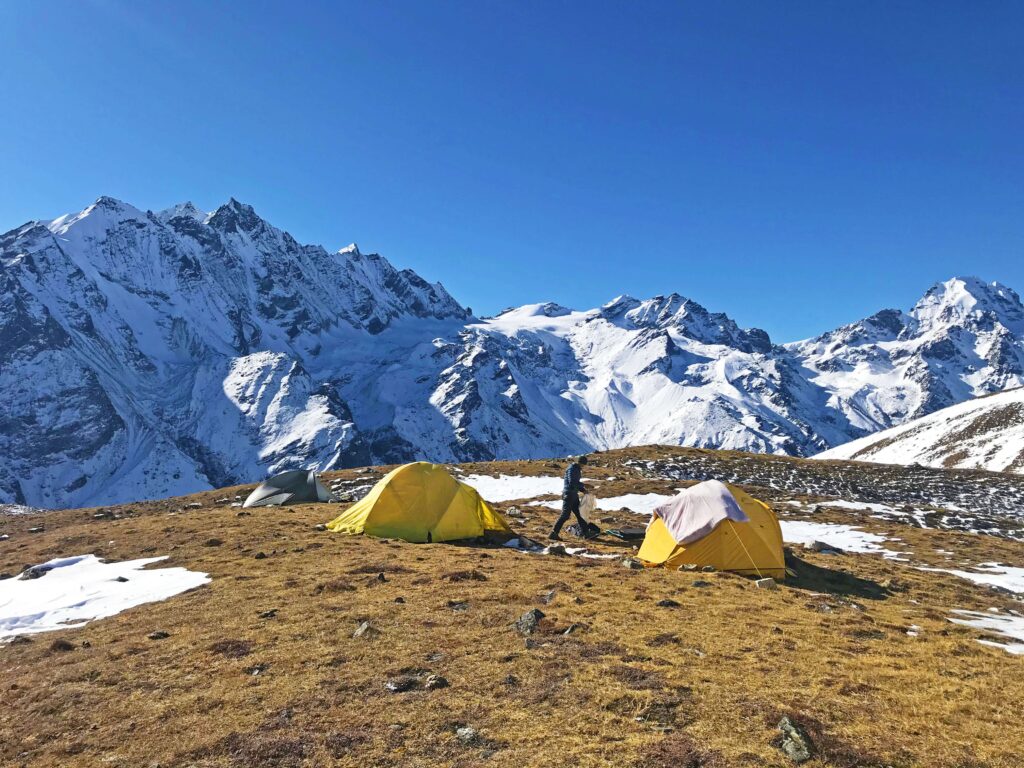
What to Pack for a 6000m Peak Climb?
Climbing gear and clothing can make or break your expedition. Here’s a checklist of essentials:
- Mountaineering boots (double insulated for cold)
- Crampons, harness, helmet, and ice axe
- Down jacket and sleeping bag (rated to -20°C or lower)
- Layered clothing for varying temperatures
- High-calorie snacks and water purification
- Headlamp, sunglasses, and sunscreen
Don’t forget travel insurance that covers high-altitude climbing and emergency evacuation.
Final Thoughts
There’s something magical about standing on a Himalayan summit, whether it’s your first or your fifth. And Nepal’s 6000-meter peaks are the perfect way to dive into that world. You don’t need to be a hardcore mountaineer to experience this—you just need the right mindset, a solid guide, and the willingness to train a little.
So, which one are you thinking of climbing first? Or have you already done one (or more) of these? I’d love to hear your experience or help you plan your next adventure.
Feel free to reach out, and let’s talk about mountains.
